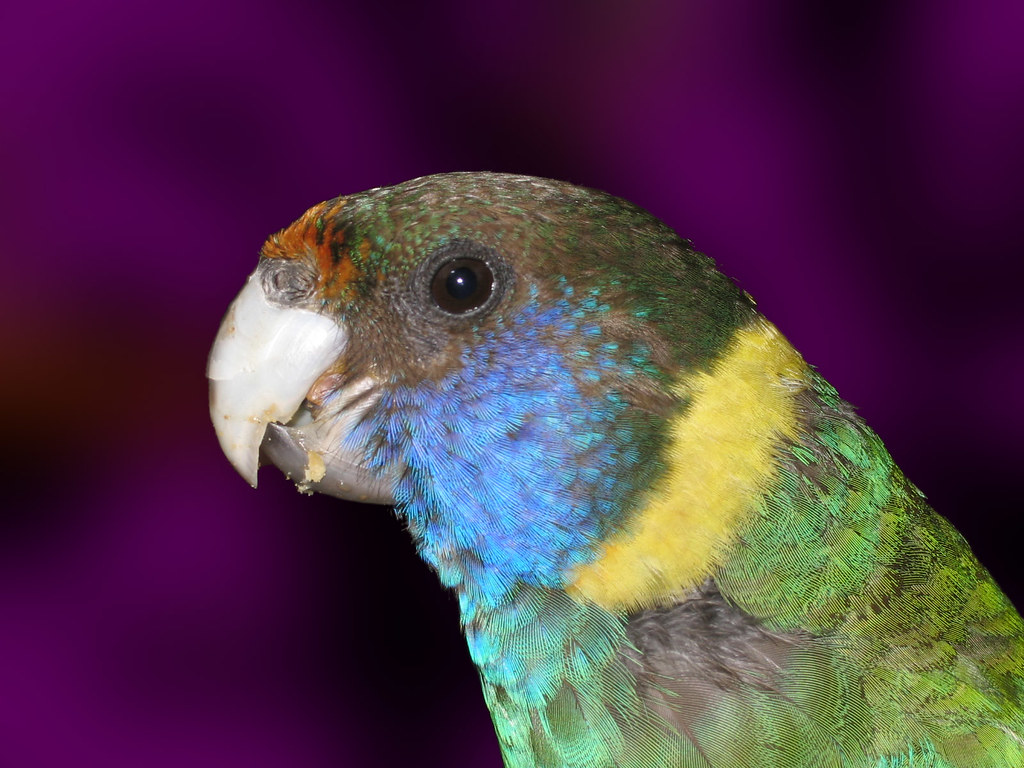The Indian ringneck parakeet (Psittacula krameri), also known as the rose-ringed parakeet, is a medium-sized parrot in the genus Psittacula of the family Psittacidae. It is an Asiatic parrot from India and Pakistan that has been widely introduced to other parts of the world. It is famous as a pet due to its attractive plumage and ability to mimic human speech.
Physical Traits
The Indian ringneck parakeet is typically green with a bright red beak. They have slender bodies with smooth feathers and a parakeet-like beak that is smooth and shiny. Their tails can reach almost the same length as their body. Males have black rings around their necks, while females do not have any coils.
Life Span
Indian ringneck parakeets can live up to 25 years in captivity if given proper care and nutrition.
Habitat
In the wild, Indian ringneck parakeets are found in open woodlands, grasslands, agricultural areas, and urban parks and gardens. They are also found in some parts of Europe, Africa, Australia, New Zealand, and North America, where humans have introduced them.
Diet
In the wild, Indian ringnecks feed on fruits, nuts, seeds, berries, flowers, and buds from trees and shrubs. In captivity, they should be fed a variety of fresh fruits and vegetables along with fortified seed mixes or pellets specifically formulated for parrots.
Reproduction
Indian ringneck parakeets breed during springtime when food sources are abundant. The female will lay 3-6 eggs which she will incubate for about 23 days before hatching them out into chicks that will fledge after 6 weeks.
Conservation Status
The conservation status of Indian ringneck parakeets varies depending on where they are located worldwide. Still, they are considered typical throughout much of their range, with no significant threats to their population numbers.
Interesting Facts
- The male Indian Ringnecks can learn to mimic human speech better than females due to their larger vocal organs, which gives them more excellent vocal range than females.
- These birds are very social animals that form strong bonds with their owners when kept as pets.


